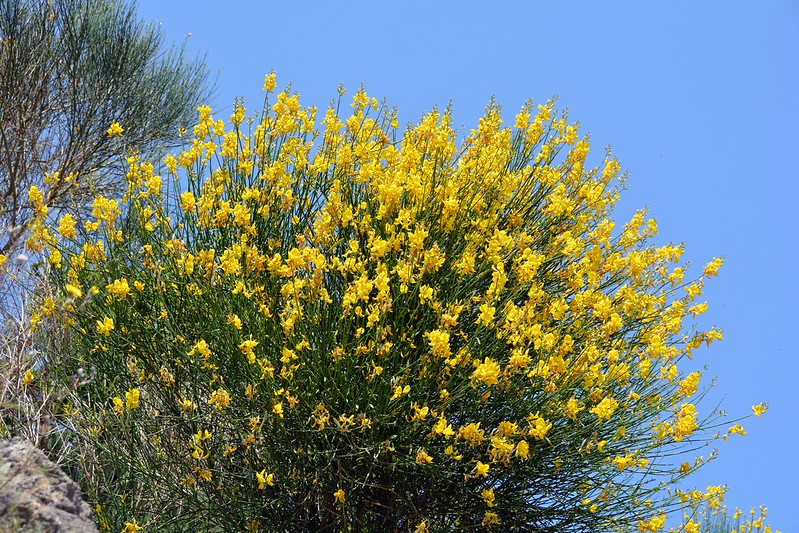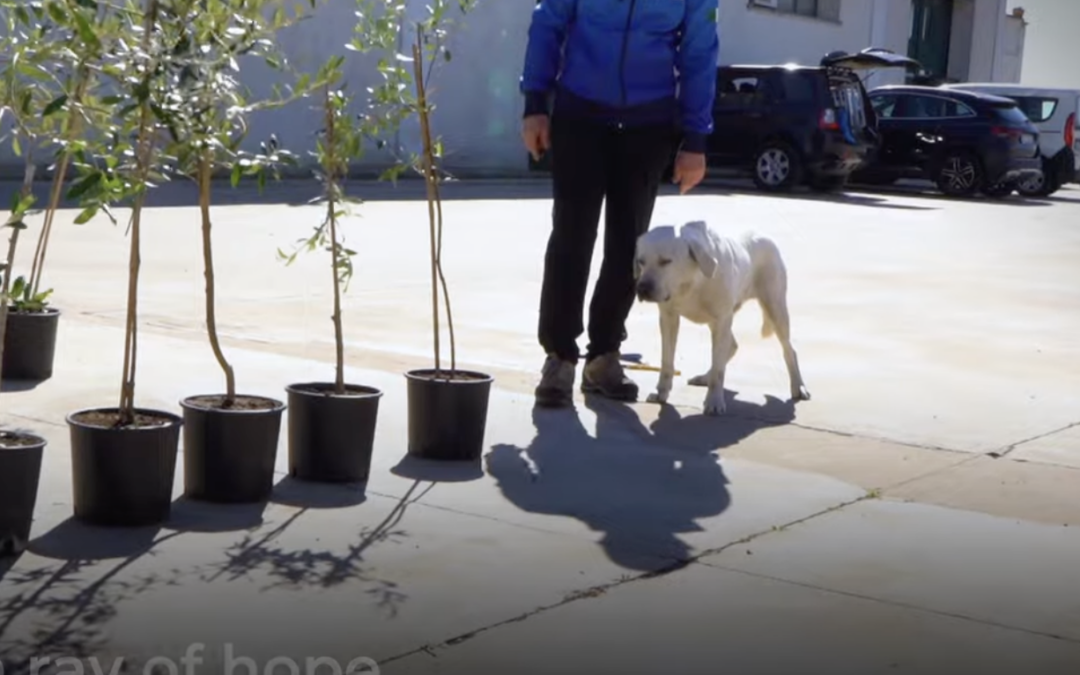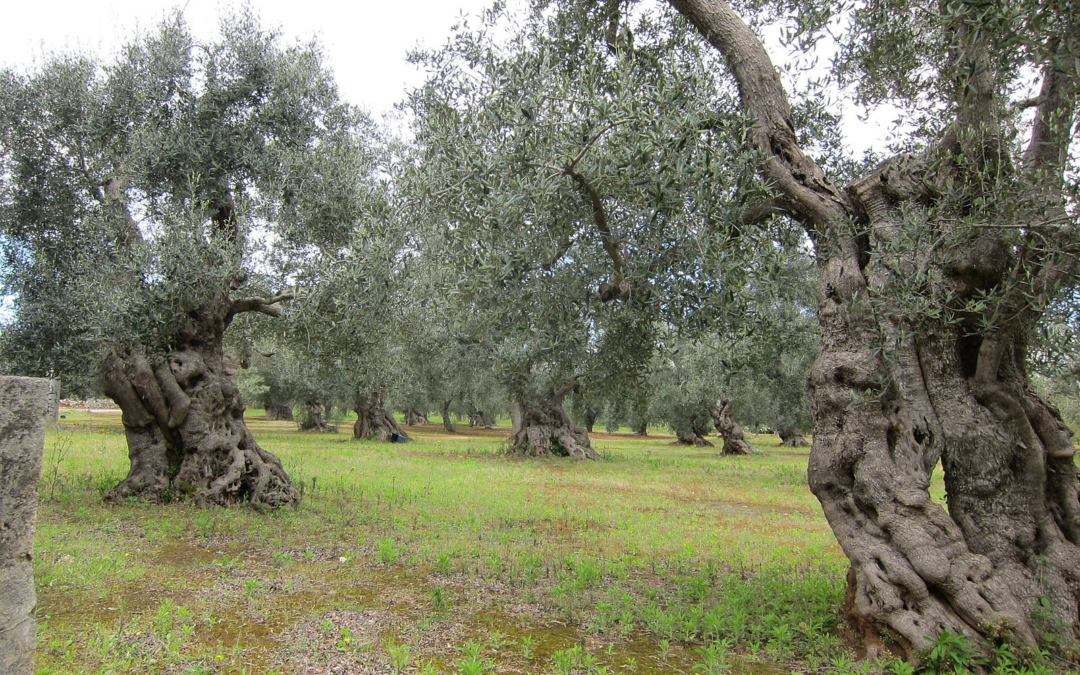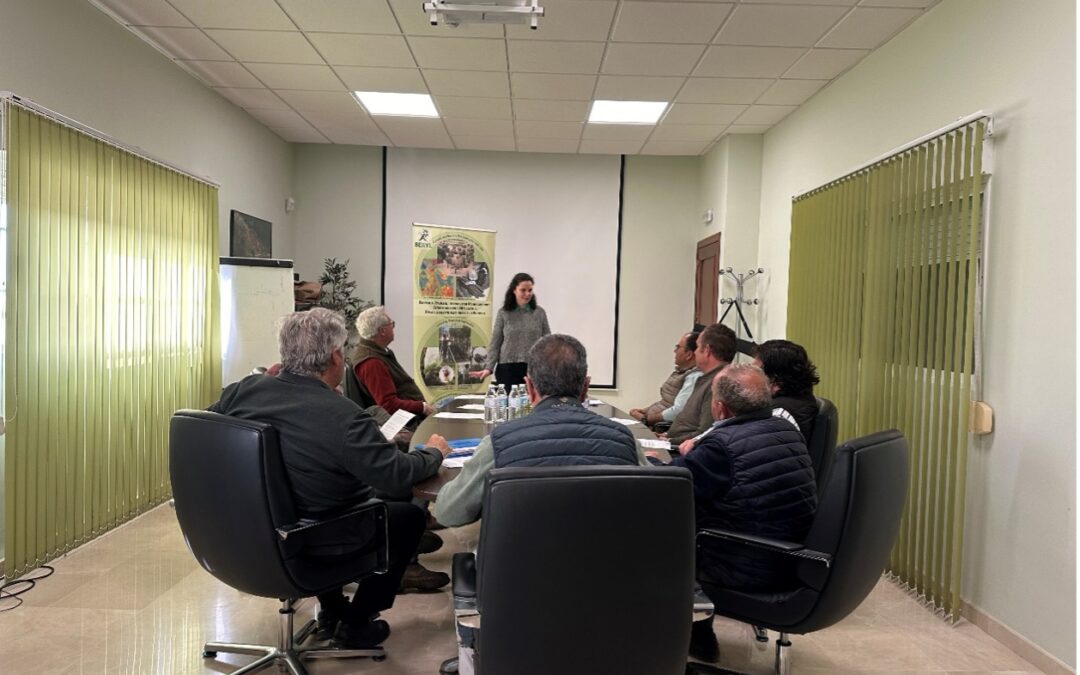In 2017, researchers found Xylella fastidiosa in mainland Spain for the first time, in one plot of almond trees in El Castell de Guadalest, near Alicante (Comunidad Valenciana). What is the situation today? We talked to Antonio Vicent, Plant Protection and Biotechnology Center Coordinator at the Valencian Institute for Agricultural Research (IVIA).
How did scientists detect Xylella fastidiosa outbreaks in Alicante?
The pathogen was first detected in the province of Alicante in the summer of 2017 after a grower reported unusual symptoms and low yields in an almond orchard. Surveys conducted in the following years indicated that the extent of the outbreak was much larger than initially thought and that the disease was present but unnoticed in that area for years.
What are the symptoms of the disease?
In Alicante, Xylella fastidiosa affects mainly almonds causing leaf scorch disease. Symptoms usually appear in the early summer, with marginal leaf scorching usually surrounded by a characteristic yellow halo. Leaf scorching progresses during summer, and trees develop canopy dieback, showing the typical ‘golden death’ symptoms. In the semi-arid conditions and rainfed cultivation of Alicante, almond leaf scorch is particularly severe, associated with reduced yields and, eventually, tree death.
What is the situation in Alicante now?
Currently, the infected area is about 3,000 ha, surrounded by a buffer zone resulting in a demarcated area of nearly 140,000 ha. So far, only the Sequence Type 6 of Xylella fastidiosa subsp. multiplex has been detected, and molecular studies indicate low genetic diversity in the pathogen population in the area. The presence of the bacteria has been confirmed in the known insect vectors: Philaenus spumarius, Neophilaenus campestris, and Neophilaenus lineatus, but with relatively low prevalence. Official surveys conducted from 2017 to 2021 involved collecting and analyzing more than 71,000 samples from different plant species in the demarcated area and 31,000 samples to substantiate disease freedom in other areas of the region. Nearly 5,000 samples in the infected area in Alicante tested positive for Xylella fastidiosa, 90% of which were almonds.
As established by the EU rules, the demarcated area is subject to official control under eradication. Disease management measures include removing host plants in the infested area and controlling vector populations to avoid further disease spread. The movement of host plants from the demarcated area is also strictly regulated. To date, 187,400 almond trees in 2,620 ha have been removed in the infected area, representing one of the most extensive eradication campaigns for plant disease in the EU.
What has improved since 2017, and what should improve?
Xylella fastidiosa was first reported in Alicante some years before the new Plant Health Law entered into force. This new regulatory framework established mandatory annual surveillance for priority ‘pests’ such as Xylella fastidiosa, which now should be based on the EFSA guidelines for statistically sound and risk‐based surveys. The previous rules did not establish this requirement; thus, EU territory surveillance was generally less effective, as illustrated by the outbreaks of Xylella fastidiosa in Alicante and other areas in the EU, such as the Balearic Islands and Corsica, where the disease was present and relatively widespread for decades before its first detection. Based on risk and statistical confidence, the survey strategies now in place provide a more informative and reliable substantiation of disease freedom. Likewise, they allow for a more accurate delimitation of the infested areas. These statistically risk-based survey strategies improve the capacity for early detection of outbreaks and facilitate more targeted control interventions.
Is there any assessment of the social and economic impact?
Several studies on the socio-economic impact of Xylella fastidiosa are available, but they were conducted once the outbreaks were detected, affecting a relatively large part of the territory. These kinds of ex-post studies are helpful to guide the authorities in managing the active outbreaks, but have limited effect in minimizing the social opposition to official control programs, which in most cases include impactful measures such as tree felling and insecticide sprays. More efforts are needed to raise awareness among stakeholders and the lay public on the scientific basis and proportionally of these control measures, so these actors will be more cooperative with the authorities. However, these awareness campaigns should be in place ex-ante to be effective, i.e., before the disease is present in the territory.
How is research contributing to the management of the outbreak?
After some years of studying the Xylella fastidiosa outbreak in Alicante, more comprehensive epidemiological information is available, including critical features such as the effects of climate and spatial clustering of the disease. Thanks to this broad knowledge, authorities could make better-informed decisions, like increasing the size of the buffer zone subject to intensive surveillance. With the genetic and pathogenic characterization of the Xylella fastidiosa strains, it was possible to narrow down the list of host plants, minimizing the impact of the official control measures.








